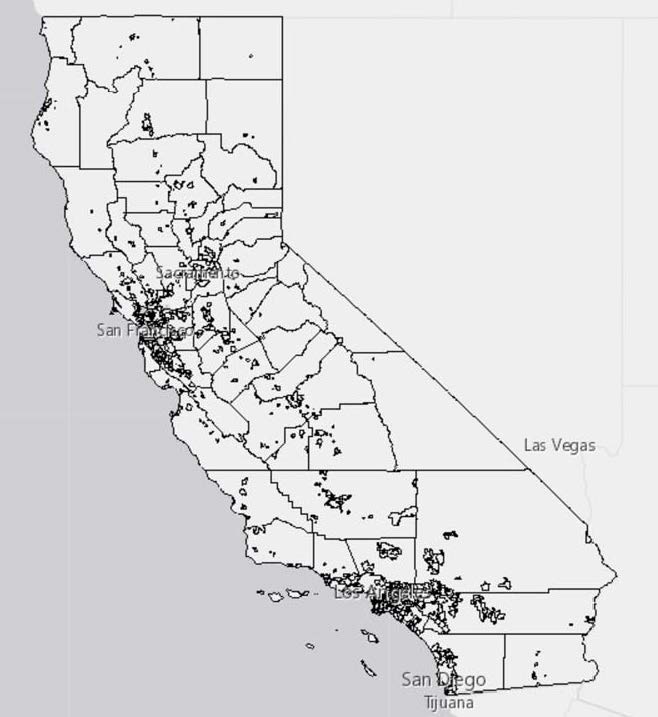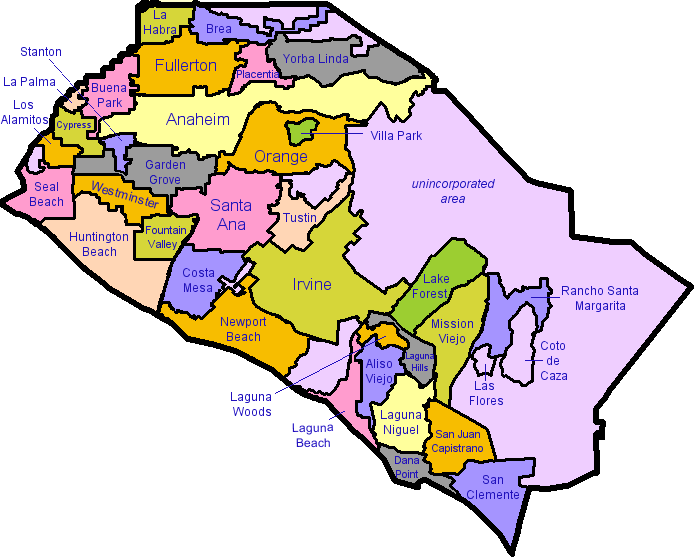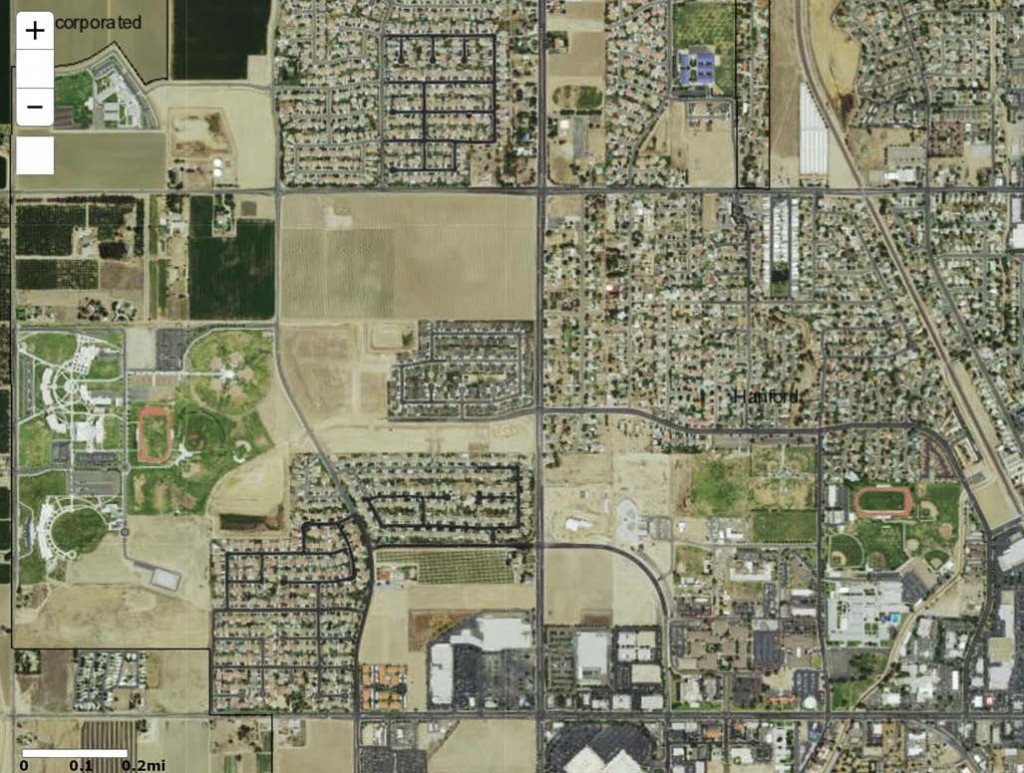We hear a lot about CEQA abuse, but maybe it’s time for a new term: “CEQA study abuse.”
As I blogged previously, the law firm Holland & Knight issued a report attempting to document how the California Environmental Quality Act (CEQA) undermines environmental goals. I certainly share the concern of many industry actors and their representatives at law firms like Holland & Knight that CEQA is sometimes counter-productively used against meritorious projects, particularly infill development. And that’s why I’ve supported reforms to the law that help environmentally beneficial projects, such as those that lower overall driving miles and are located near high-quality transit. SB 743 (Steinberg, 2013) is the perfect example of this approach.
But the Holland & Knight study, which tracked litigation records (notably leaving out other ways that CEQA affects project approvals, both good and bad) used an overly broad definition of infill that inflated the results. My UCLA Law colleague Sean Hecht exposed the flaw in this post.
But then Don Perata, former state senate president, came to Holland & Knight’s defense. Perata represents an organization called the “California Infill Builders Federation,” but his arguments support anything but infill. His post on the political site Fox & Hounds didn’t try to rebut Sean’s points but instead misrepresented them, as Sean described in his counter-response.
Bottom-line: the “Infill” Federation is apparently comfortable with a definition of infill that includes all projects located within the boundaries of every city in California, including some county locations. For a visual representation of what that means, here’s the map of incorporated California cities:
 For a closer look, here’s incorporated Orange County, which essentially covers the entire jurisdiction not on a mountain or a military base:
For a closer look, here’s incorporated Orange County, which essentially covers the entire jurisdiction not on a mountain or a military base:

And even closer, here’s a supposedly “infill” area in incorporated Hanford in the San Joaquin Valley:
 Most of these areas should fit no one’s definition of “infill,” and the report authors should correct that labeling in the study. Relaxing CEQA requirements in these outlying areas would only benefit sprawl and hurt efforts to promote infill-friendly policies.
Most of these areas should fit no one’s definition of “infill,” and the report authors should correct that labeling in the study. Relaxing CEQA requirements in these outlying areas would only benefit sprawl and hurt efforts to promote infill-friendly policies.
Furthermore, as Sean originally noted, this CEQA “study” should not be the basis of any policy making. I hope Sacramento decision-makers are paying attention, because this book should definitely not be judged by its cover.
Don Perata, California’s former state senate pro tem, has been representing the California Infill Builders Federation for a few years now. But you wouldn’t know it if you heard the arguments in his San Francisco Chronicle op-ed today deriding one of the most pro-infill reforms the state has proposed in years with the SB 743 guidelines.
Perata tries to make the point that the SB 743 guidelines will introduce more “uncertainty” and litigation for infill. But in fact SB 743 will have the exact opposite effect, making infill easier and sprawl more difficult.
Let’s go down the list of his arguments. From the third paragraph in:
The guidelines add many untested impacts under CEQA. The biggest would add a new transportation impact to CEQA: total vehicles miles traveled required for all projects, even those that comply with local transit-oriented development plans and regional greenhouse gas and vehicle use reduction plans such as the comprehensive Plan Bay Area, which have already completed the CEQA review process.
First, the SB 743 guidelines don’t add “many” new untested impacts to the CEQA process. They relate to transportation-related impacts only, as directed by the statutory language of SB 743. Perata is correct that VMT is the new metric proposed by OPR, but that metric replaces the old auto-delay traffic study (again, as directed by statute) and will likely only be used, per the proposed guidelines, for areas outside of a 1/2 mile distance to a major transit stop (including high-quality bus stops) and in areas with above average VMT levels. All projects near transit and in areas with below average VMT will be presumed to have no impact on transportation at all. That is a huge victory for infill projects, any way you cut it.
As another inaccuracy, Perata claims the proposed VMT analysis measures “total vehicle miles traveled” from a project. Instead, OPR requires that VMT “be measured per capita, per employee, per trip, per person-trip or other appropriate measure.” That makes a big difference in the results and once again benefits infill projects immensely.
Fourth paragraph:
The vehicle miles traveled element would measure a project’s traffic impacts in an entire region by calculating driving miles. These guidelines treat all auto trips the same, whether they are driven in a Prius or a Hummer. It does not take into account if a project is helping the state to meet its greenhouse-gas reduction mandates. The state received more than 100 letters critical of its proposal to expand CEQA and make it more litigation friendly.
VMT is directly correlated to greenhouse gas emissions, as Perata should well know. That’s the basis for implementing SB 375, which he mentions in the piece as a good measure of infill. Second, while it would be nice to differentiate among polluting miles by car type, the VMT metric is a major step forward in assessing and reducing overall traffic and pollution. Would Perata really want to inject another layer of analysis on VMT, particularly when VMT alone is already a great measure of pollution and traffic? VMT is already a huge win for infill, why complicate it?
Final paragraph:
The Office of Planning and Research is heading in the wrong direction. Its guidelines promote costly and duplicative environmental impact reports and cumbersome CEQA processes for projects that meet greenhouse gas reduction targets. By expanding CEQA into untested strategies, the office has created new opportunities for abusive lawsuits. This serves no purpose other than NIMBY-ism, costly litigation and cynical abuse of real concern for the environment. The Office of Planning and Research must not aid and abet these foes of economically sound infill development.
VMT is the exact opposite of “costly and duplicative.” That might describe the current traffic study process under CEQA, which these guidelines do away with. VMT is an off-the-shelf metric that is easy and cheap to use. Local governments use it all the time in putting together climate action plans. The state is moving aggressively to enshrine VMT as the metric of choice in many of our policy decisions, precisely because of its simplicity and correlation to traffic and pollution.
Ultimately, despite Perata’s complaint that this CEQA relief for infill will only boost NIMBYism, OPR and infill advocates’ purpose in tossing out the hated CEQA traffic study in favor of VMT is to make urban infill easier and cheaper to build. It’s a shame that Perata does not recognize the SB 743 process for what it is: a significant victory for infill development in California.


